Making a supercar is a complicated endeavor, one that is reserved for brands with deep roots in motorsports. McLaren started out when the founder and racecar driver Bruce McLaren established his own race team in 1963. Lamborghini’s entry into motorsports was born out of the desire of rogue engineers when they developed what eventually became the Miura. And Ferrari was initially a shop for souping up Alfa Romeo racecars, and they have been steeped in Formula One tradition ever since its inaugural season in 1950. So when a Russian rockstar, actor, racecar driver, and Russian Top Gear presenter, Nikolai Fomenko, decided to get in the supercar game it looked like the beginning of another automotive startup on its way to greatness.
[ads1]
Marussia Motors was founded in 2007 with its first car, the Marussia B1. The mid-engined, rear-wheel drive, 2 seater had various engine options ranging from a 3.5 liter naturally aspirated V6 to a 2.8 liter V6 twin-turbo which outputs 420 horsepower and 443 lb-ft of torque. The powerplant is bolted on to an aluminum frame with carbon fiber body panels, allowing the B1 to come in a little over 2,400 pounds. That amounts to a 5.8 pounds per horsepower, weight to power ratio. These specifications made Marussia Motors Russia’s first ever sportscar company.
In 2009 the Marussia B2 was unveiled at the Frankfurt Motor Show. It possessed a more menacing look that mimicked a McLaren 675LT seen through a quartz crystal. However, there were no mechanical differences between the B1 and the B2. This newer version was simply a facelifted copy of the B1. If I was a Marussia Motors investor at that time, I would have been a little bit wary about this move. Repackaging goods in a newer shell may be a sign of a fledgling company grasping at straws.
In typical Russian pride and arrogance, the company saw Ferrari and Lamborghini as rivals, boasting “You want 300 kilometres an hour? No problem. How about 340 kilometres?” However, there was already suspicion whether the supercar company was truly successful, as Oleg Datskiv, head of the the Russian motoring website Autodealer.ru stated:
We still don’t have much information about the cost effectiveness, sales and production costs of the company, nor do we have transparency about real and prospective buyers.
Perhaps this boasting was a sign of desperation for attention and legitimacy as an automotive brand, which may explain Marussia’s reasons for getting into motorsports. In November 2010, Marussia Motors bought a significant stake, previously held by the Lloyds Banking Group, in the Virgin Racing Formula One team, confirmed by Virgin racing chief executive Graeme Lowdon:
I can’t give any specific numbers irrespective of the investors themselves, but what I can say is that the investment from Marussia is sizable and significant and will make a real and tangible difference to the security of the team but also to the competitiveness of the team moving forward.
The Marussia-Virgin Racing team was set to debut the car in 2011 under the ‘Virgin’ marquee for better name recognition and became fully branded as the Marussia F1 team in 2012. However, the Marussia F1 team was unable to have breakout success, staying in the back of the grid and failing to score any points during the 2012 and 2013 seasons. The team was also plagued with issues such as not being able to fulfill F1 crash requirements and not developing a car with a Kinetic Energy Recover System (KERS) unit. In the 2014 Grand Prix season during the Japanese Grand Prix in Suzuka, Marussia F1 driver Jules Bianchi crashed into a tractor which was tending another vehicle that had spun out earlier.
Bianchi suffered severe head injuries and was unable to race the next weekend in the highly anticipated 2014 Russian Grand Prix. The Russian supercar company surely had high expectations of fielding a home team for Mother Russia in its Grand Prix revival, since the last time it was held was 100 years earlier in 1914. Out of respect, only 21 cars were fielded for the race while Bianchi’s car was dressed and sat near the garage, while the remaining Marussia driver, Max Chilton, and the rest of the drivers wore “Tous Avec Jules #17” (All With Jules) stickers on their helmets. Bianchi remained in a vegetative state until his death in July 2015
photo credit: Metronews
The Marussia F1 team later bowed out of the following weekend’s race in the United States Grand Prix, which was held at the Circuit of The Americas, in Austin, Texas. Their absence was attributed to financial reasons as they entered into bankruptcy administration. The dying Marussia F1 proceeded to miss the rest of the 2014 season, while its assets were quickly sold in December of 2014. F1 car and car transport included. The same Graeme Lowdon that was excited about the Marussia buy in, was still optimistic about his team:
There are various scenarios for the team, but to race it is very important to have a car ready for 2015, and that is what potential investors are interested in. They are interested in ensuring that work on the 2015 program can be resumed quickly. Don’t count us out yet.
Earlier that year in April 2014 the Marussia Motors company itself disbanded, ending the company’s seven year existence, and laid off all 200 employees. Some employees took one final photo as a remembrance to the company that swooped in like lightning and disappeared in the same fashion.
photo credit: wroom.ru
As a result of the bankruptcy administration, the cars were left unfinished, locked up, vandalized and rotting in some backyard, reminiscent of an automotive chernobyl.
photo credit: warnet.ws
Just like the cars above, the Marussia F1 team decayed and became Manor Marussia F1 after coming out of administration. Eventually the team became Manor Racing, a British owned Formula One team, at the end of the 2015 season, erasing the Marussia name out of existence and ending any traces of the Russian brand in motorsports.
Making a supercar is a complicated endeavor. No company just sets up shop and makes a supercar out of thin air, unless you have Koenigsegg as a last name. We are confused as to how a country used to making Lada’s can somehow create a supercar that can compete with Ferrari and Lamborghini. We also naively ponder if corruption had any hand in the formation or destruction of the Russian brand, and whether this whole scheme was a Russian government stunt to blaze into the automotive and motorsport industry, gone terribly wrong.
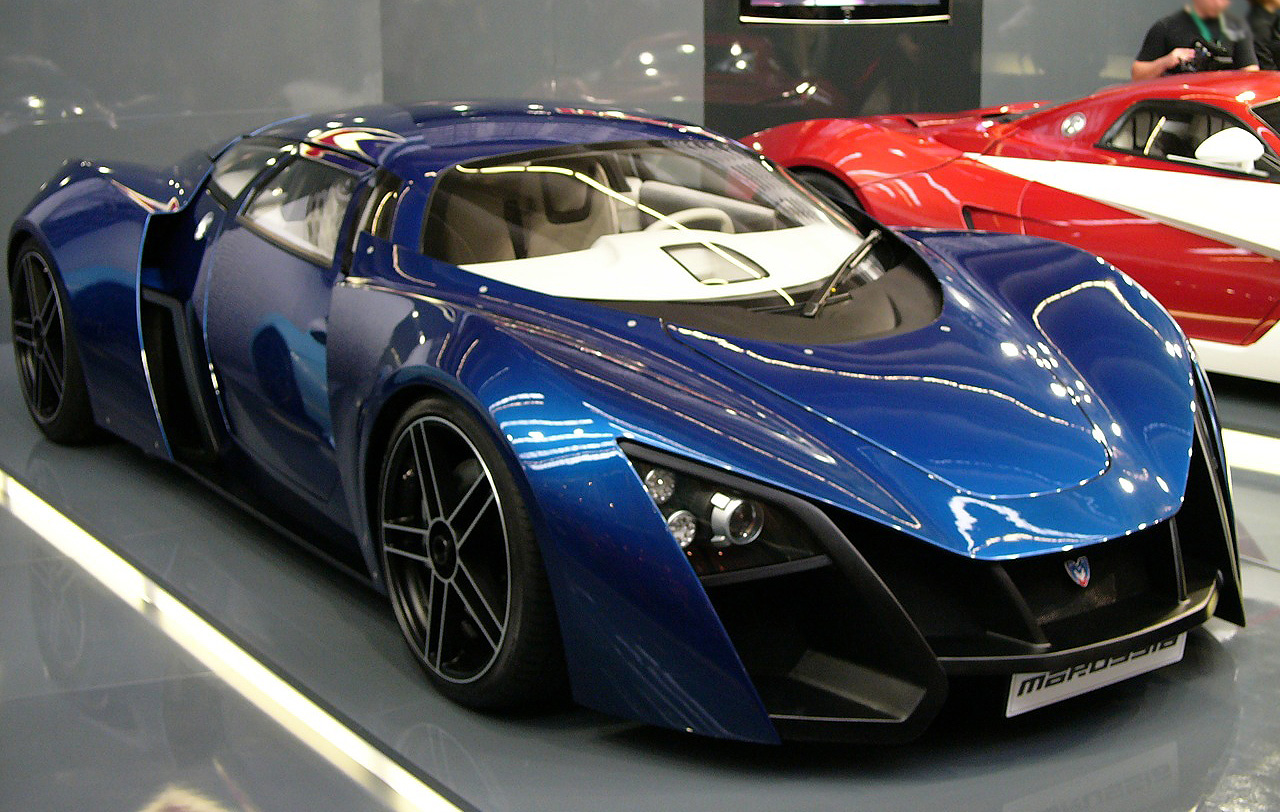
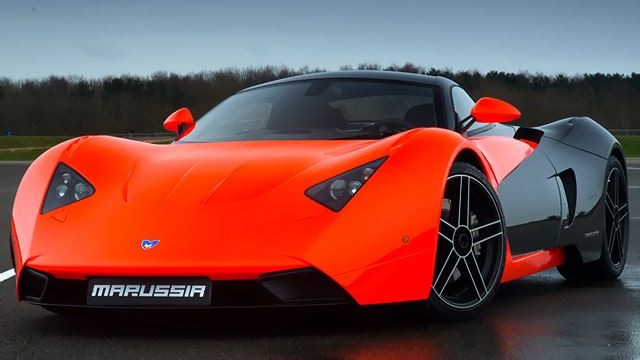
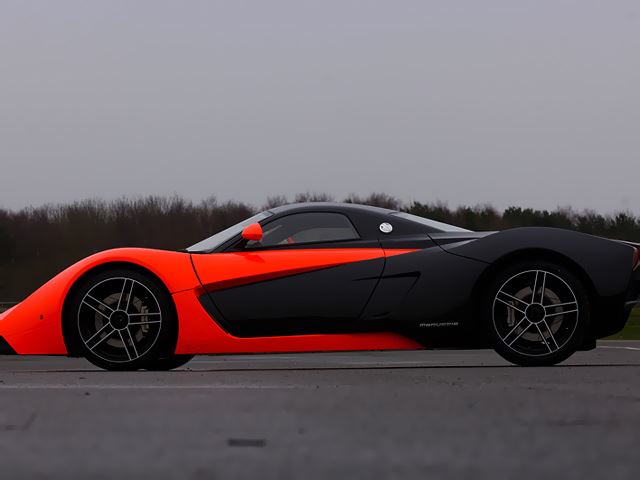
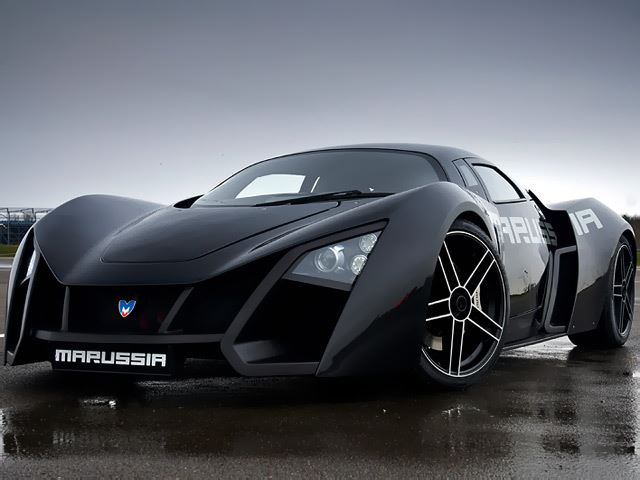
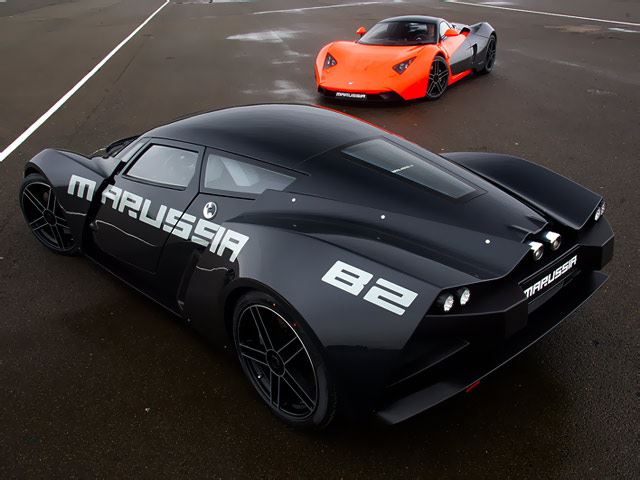

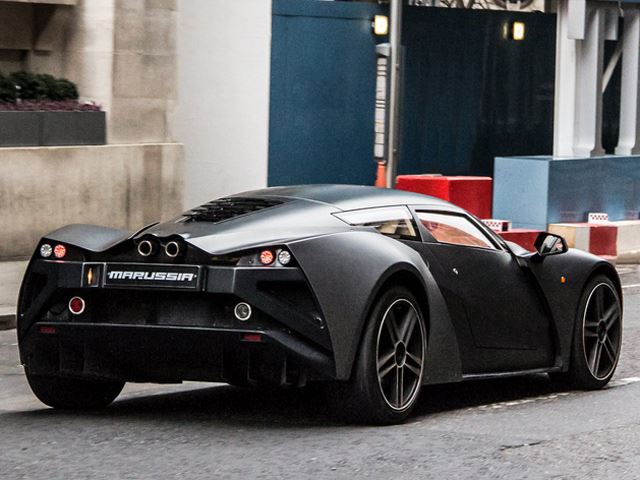
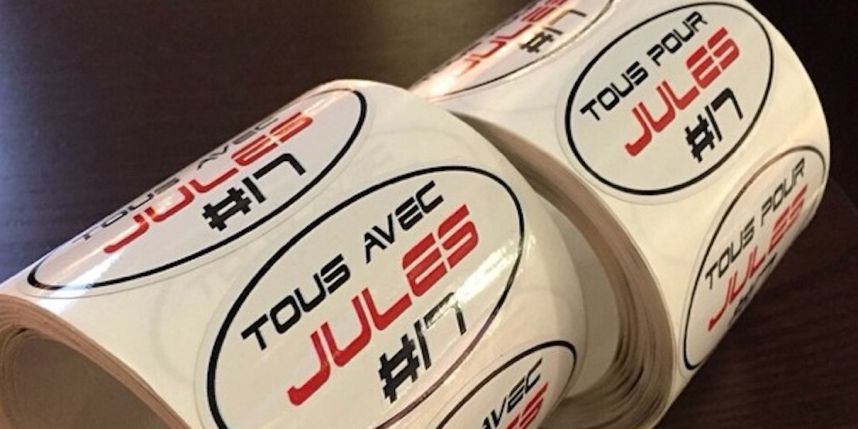
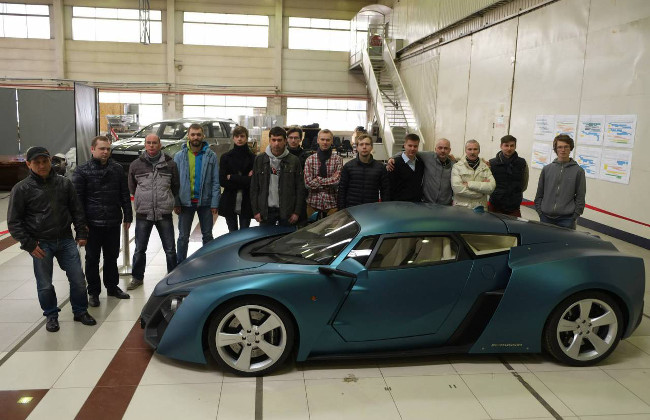
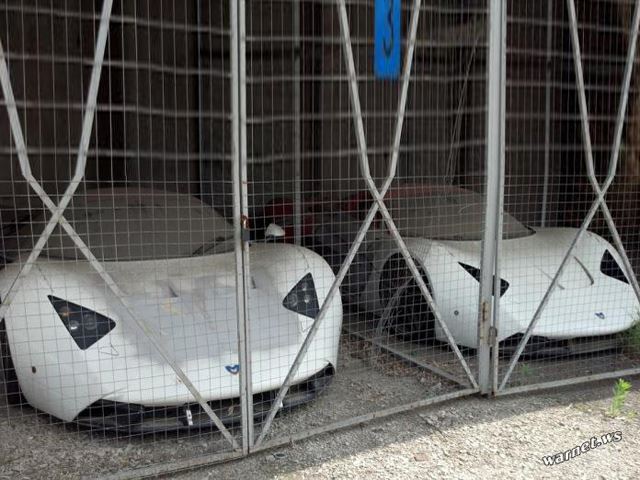
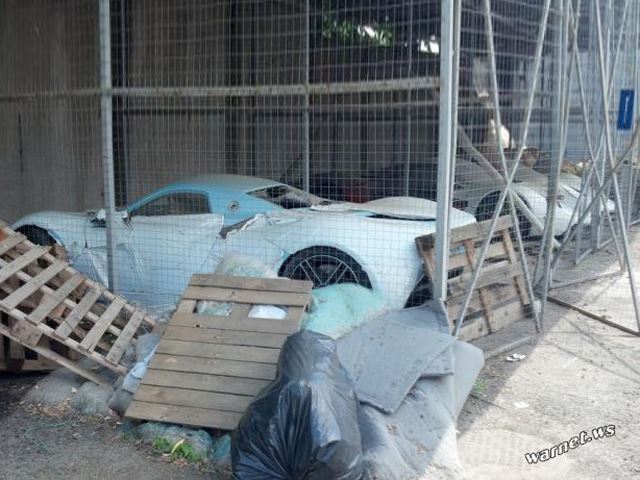
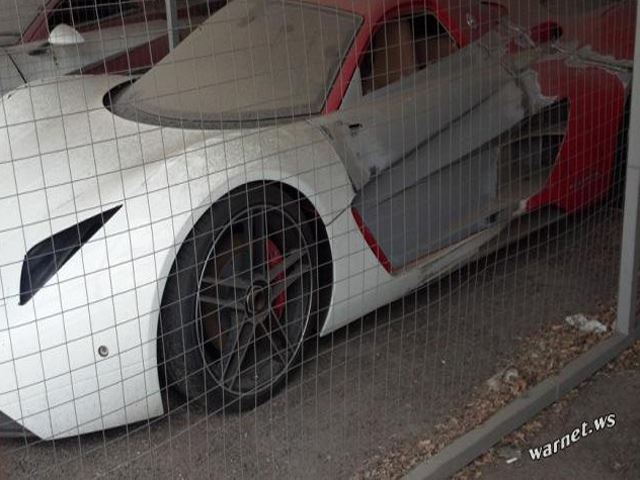




One Ping
Pingback:Marussia B2 A Supercar Anomaly – Fair N Lawful